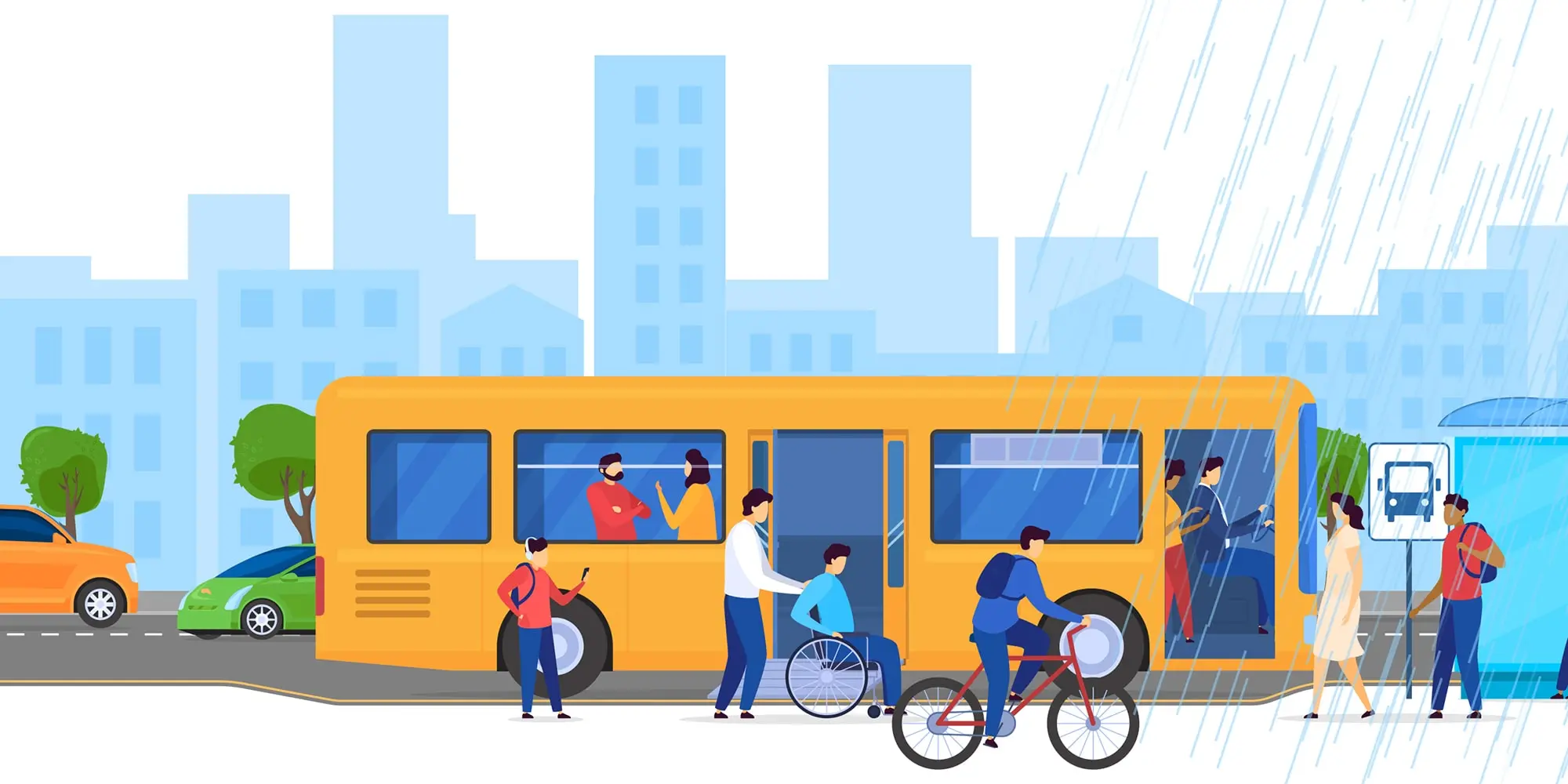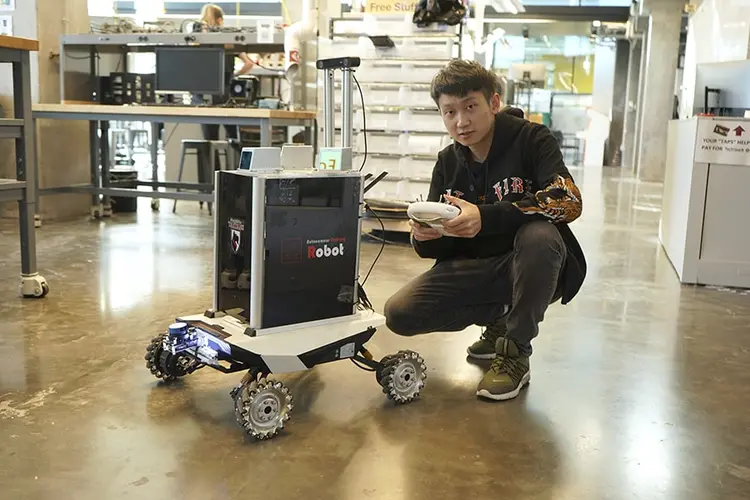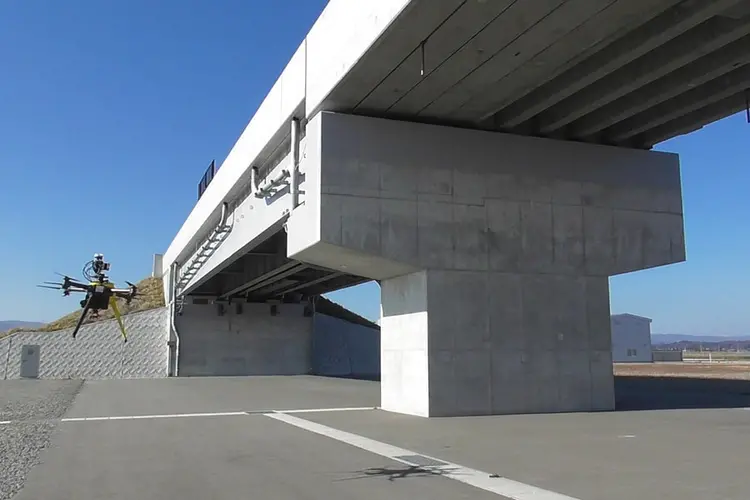
New Research Offers Recommendations for Integrating Autonomous Driving Tech Into Public Transportation
Media Inquiries
Autonomous vehicle technology likely won't replace the workers behind the wheels of buses, vans and other vehicles shuttling people around cities and towns anytime soon, but mass transit authorities must examine how these technologies will affect both the operation of and the workforce driving public transportation.
Researchers at Traffic21(opens in new window), a transportation research institute at Carnegie Mellon University, have urged officials and policymakers to preemptively consider the safety of incorporating automation technologies into their fleets and training operators to work effectively with these systems.
"Autonomous driving tools such as pedestrian warnings and lane-centering have the potential to improve the safety and workload of public transit operators, but only if these technologies are integrated properly," said Sarah Fox(opens in new window), an assistant professor in the Human-Computer Interaction Institute(opens in new window) (HCII) and a Mobility21 University Transportation Center(opens in new window) researcher. "Automation can create new kinds of safety issues and can intensify work. Transit authorities need to examine the potential for changes now."
A new policy brief, "How To Make Sense of Bus Transit Automation? Considerations for Policymakers on the Future of Human-Automation Teaming in the Transit Workforce(opens in new window)," outlines the state of automation in public transportation, discusses the challenges and benefits of autonomous vehicle technology, and offers policy recommendations for federal officials.
Automation in public transit is not new. People movers and shuttles have been operating without a driver on dedicated tracks or lanes since the 1960s. But within the last decade, several autonomous public transit pilot projects have launched to test the feasibility of driverless transportation on open roadways. Some projects include vehicles without steering wheels or pedals and have on-board attendants ready to take control with a joystick in an emergency. In others, automated systems available in some private vehicles have been deployed in public transit fleets, including forward collision warning, blind spot detection, lane keeping, pedestrian detection and automatic emergency braking.
Despite successes in these projects and the trajectory of autonomous technologies, transit buses and vans will likely continue to need skilled human operators, even as these technologies are incorporated. Transit operators must take into account road hazards, emergency vehicles and situations, and changing weather. They must manage unruly and potentially dangerous behavior by passengers and assist with the needs of elderly riders or people with disabilities.
Operators are responsible for the safety of people inside and out of their vehicles. Buses are large and drive on crowded streets near other cars, pedestrians and cyclists. Vans, while smaller than buses, still present technical and operational challenges that will make relying on autonomous technology difficult.
And while automation has the potential to alleviate certain challenges for transit operators, it may also introduce new difficulties and make the work more intense. Transit operators must be aware of the safety issues caused by the interactions in human-autonomy teams and be prepared� to handle the intensity of taking over from automation in the most challenging situations.
The researchers also note that while automation could eliminate jobs, the complexity of autonomous vehicle services may also create new positions for supervising and managing on-road autonomous systems and for maintaining highly complex, computerized vehicles. Trained public transit operators are the best candidates for this work due to the high stakes and need for safety precautions. The transition, however, may be disruptive for workers who do not receive the training needed to supervise such highly automated systems.
"Even as autonomous vehicle technology is introduced in transit operations, trained operators will continue to play a critical role," said Nikolas Martelaro(opens in new window), also an assistant professor in the HCII and a Mobility21 researcher. "The introduction of new technology will impact their duties and actions, as well as passenger safety and experience."
The brief is available on Traffic21's website(opens in new window).
This research is funded in part by the U.S. Department of Transportation University Transportation Center Program and the Henry L. Hillman Foundation.


